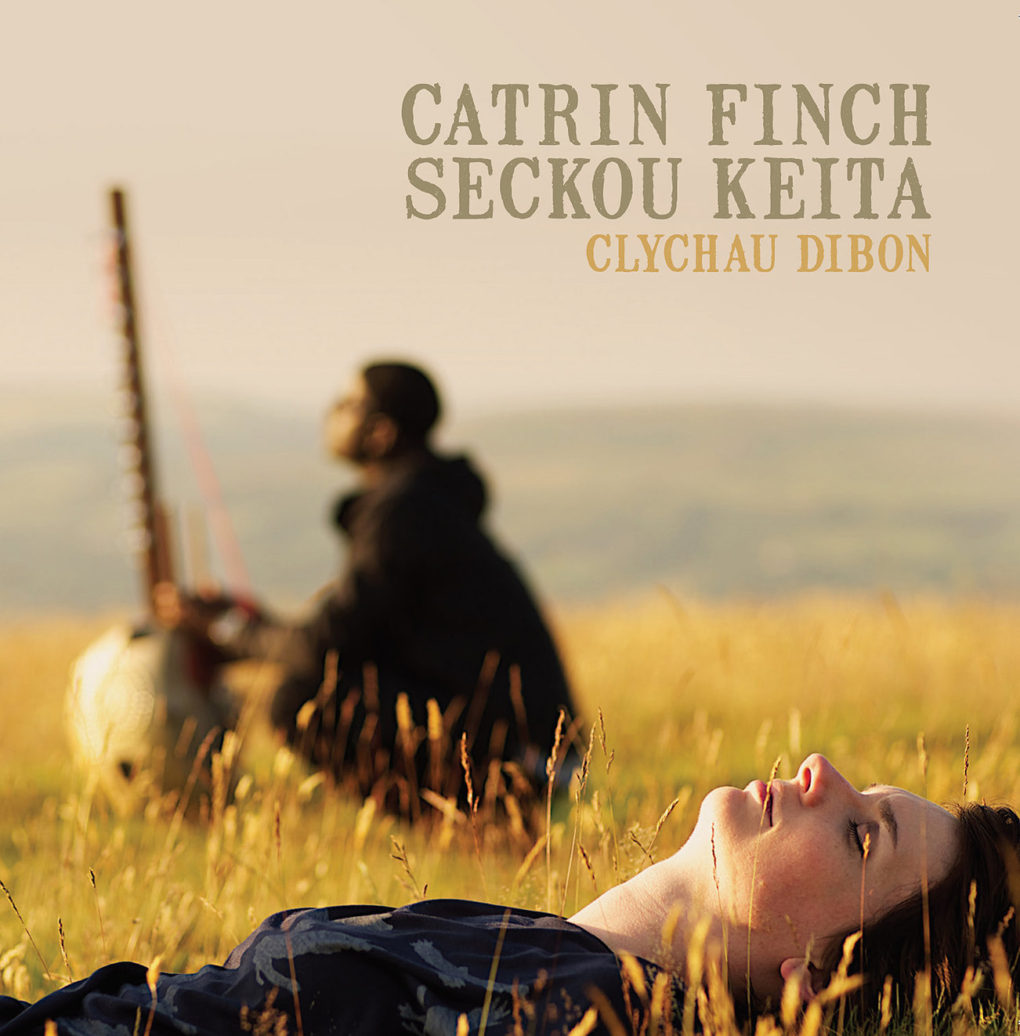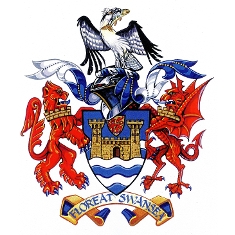
The coat of arms of Swansea, the second-largest city in Wales, is as elaborate as coats of arms tend to be: a shield emblazoned with an image of a castle, the shield flanked by a lion and a dragon, beneath a knight’s helmet. And perched at the very top, a majestic Osprey, clutching an unfortunate fish in its beak.
Given the beautiful bird of prey’s position on the coat of arms, you might think that the Osprey has enjoyed centuries of reverence as a sacred animal in Wales. Unfortunately, the Osprey was hunted into extinction in Wales in 1604.
The Osprey used to migrate nearly 5000km from Wales to Senegal in west Africa each year, but for centuries the only Osprey you’d be likely to find was on that coat of arms.
Then, in the early 2000s, there was a sighting. Conservation groups (like this one) sprang into action, putting up nest-friendly platforms in the Dyfi valley. Finally, in 2011, the first Osprey eggs to hatch in the valley in 400 years quietly cracked Wales into a new era.
A few months later, another Welsh-Senegalese connection was born, when Catrin Finch and Seckou Keita played together for the first time.
The musical partnership of Catrin Finch and Seckou Keita seems like an unlikely one. Keita is a Senegalese kora player whose bloodlines trace back to Malian royalty on one side, and traditional musical storytellers on the other. Finch meanwhile is a classically-trained Welsh harpist who at one point – and I’m not inventing this – was the Official Harpist to the Prince of Wales.
Despite their different backstories and different approaches to music, they discovered a musical overlap upon meeting in 2012 that has spawned two studio albums and an armful of awards. They also appreciate the Osprey, whose plumage decorates the cover of their 2018 album, Soar.
This song, from their first album, is my favourite; a beautiful blending of styles, cultures, nations. If there’s something we could all do with more of in 2021, it’s international collaboration.
What makes this a beautiful song:
1. The title is the Welsh word for “horses,” echoed by the galloping 16th notes played by both instruments.
2. The kora is a flexible instrument: when paired with a cello, it sounds glittering and heavenly, but alongside a harp it does a fine job occupying the lower frequencies.
3. Not to be outdone, the harp is pretty flexible too. In fact, the harp probably doesn’t get the credit it deserves for its contributions to a surprising range of genres. Listen to this blog’s archives and you’ll hear the harp showing up in jazz, indie folk, and electronic.
Recommended listening activity:
Imagining the places you could visit if you migrated 5000km.
